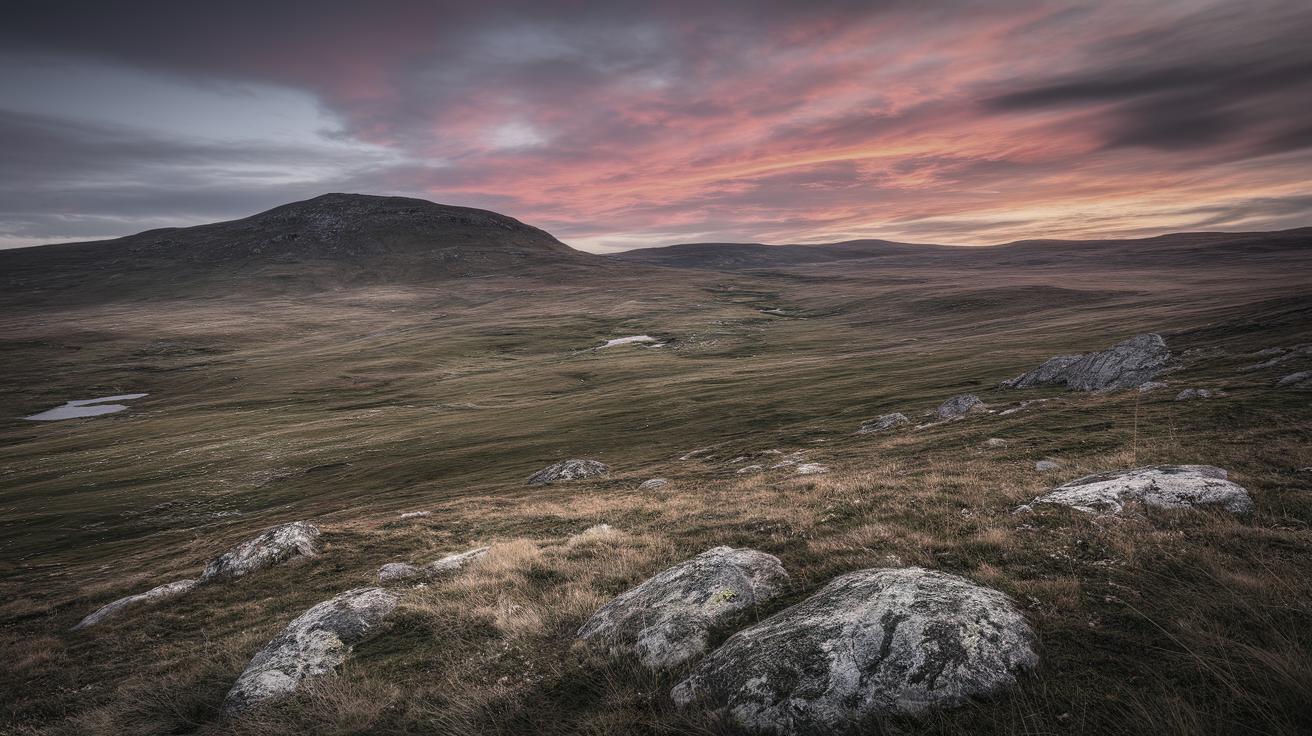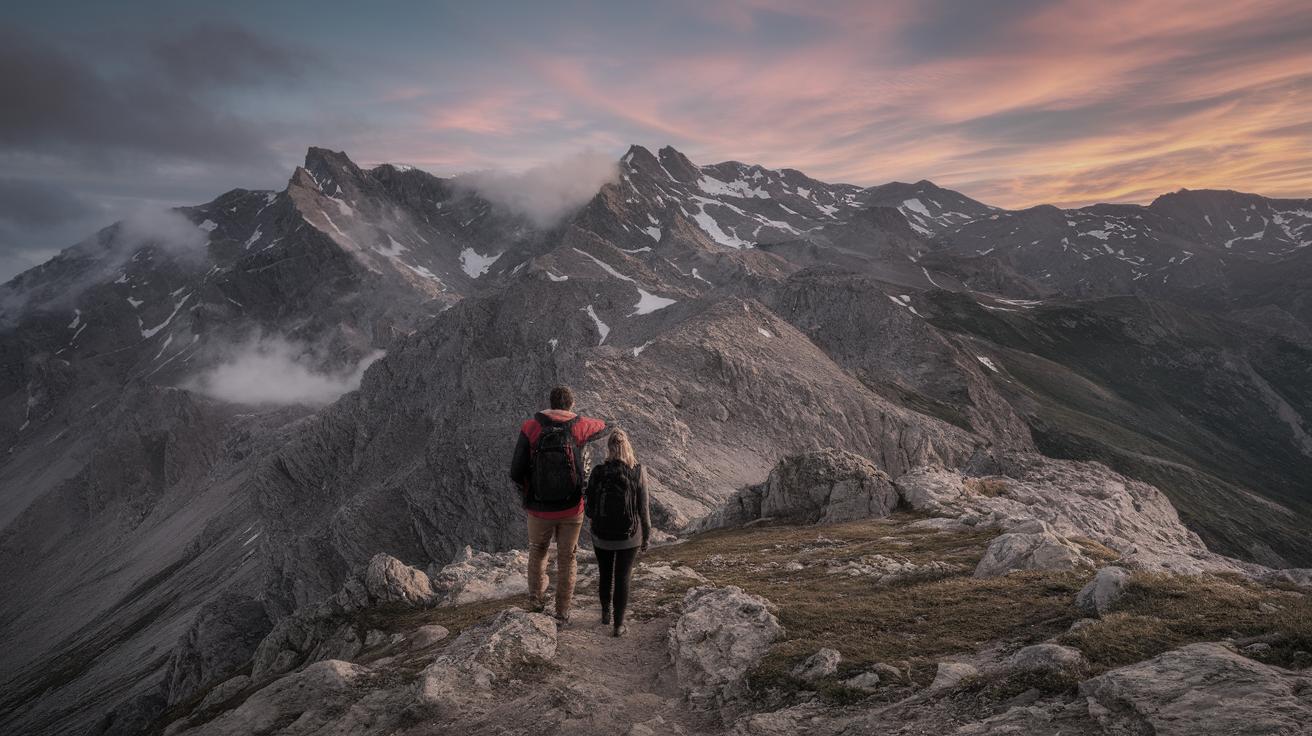The Significance of Scale in Landscape Photography
Landscape photography is an art that captures the vastness and beauty of nature. One of the key elements that can transform a simple landscape photograph into a stunning masterpiece is the sense of scale. This article delves into the significance of scale in landscape photography, exploring how different elements such as people, wildlife, and manmade structures interplay with landscapes to enhance depth and dimension. We will also look into compositional techniques and focal lengths that photographers can use to effectively convey scale, followed by a reflection on the overall impact of scale on the viewer’s experience and perception. Whether you’re an aspiring photographer or a seasoned professional, understanding and utilizing scale can greatly elevate your work. Let’s explore the multifaceted role of scale in crafting captivating landscape photographs.
People
People serve as a powerful reference point for conveying scale in landscape photography. Including a person in a photograph can instantly provide viewers with a sense of proportion, making it easier for them to grasp the enormity of a landscape. This human element adds relatability and accessibility, bridging the gap between the viewer and the vastness of nature.
Moreover, people in landscape photographs can add an emotive element. A solitary figure gazing out over a breathtaking vista can evoke a sense of wonder, solitude, and contemplation. This emotional depth not only enhances the narrative of the photograph but also draws the viewer into the scene, inviting them to imagine stepping into the individual’s shoes.
Wildlife
Wildlife plays a crucial role in depicting scale, particularly when photographing landscapes that are teeming with flora and fauna. The presence of animals like birds, deer, or even large mammals like elephants can help illustrate the vastness of a location. Wildlife can both complement and contrast with the landscape, depending on the intended mood and focus of the photograph.
Including wildlife in landscape photography requires patience and skill, as it often involves capturing fleeting moments that depict the interaction between animal and environment. This interaction can highlight the harmony or fragility of ecosystems, adding layers of meaning to the photograph. Wildlife serves as a reminder of the natural world’s grandeur and the importance of preserving these landscapes for future generations.
Manmade Structures
Manmade structures, such as buildings, bridges, and roads, offer distinct reference points for understanding landscape scale. These elements often contrast sharply with the natural environment, accentuating the landscape’s breadth or the monumental scale of natural features. Towers or skyscrapers beside mountains, for example, can make peaks appear even more colossal.
Incorporating manmade structures within a landscape shot can also reveal insights into the human-nature interplay, showcasing how humanity shapes and is shaped by its surroundings. Moreover, these structures can be used to guide the viewer’s eye or to create visual balance within the composition, emphasizing the intended scale.
Composition
Composition is a fundamental aspect of utilizing scale effectively in landscape photography. The arrangement of elements within a frame can dramatically influence how scale is perceived. Techniques such as leading lines, framing, and the rule of thirds can be employed to enhance the sense of depth and scale.
Strategic use of foreground, midground, and background is another compositional approach to highlighting scale. By establishing a sense of spatial hierarchy, photographers can create an immersive experience that guides the viewer through the landscape. Attention to composition ensures that scale is not only seen but felt, making landscapes more engaging and dynamic.
Focal Length
The choice of focal length plays a pivotal role in controlling scale within landscape photography. Wide-angle lenses are effective at exaggerating scale, making closer objects appear larger while distorting distance to accentuate vastness. This technique can lead to dramatic and sweeping scenes that capture the grandeur of a location.
Conversely, telephoto lenses can compress perspective, bringing distant elements closer together and diminishing the perceived space between them. This compression can be used to focus on specific details within a landscape, providing an alternative interpretation of scale that is intimate and intricate. Understanding the impact of focal length allows photographers to adjust and manipulate scale consciously to achieve their desired outcome.
Overall
The overarching impact of scale in landscape photography is its ability to transform a viewer’s experience and perception of an image. Scale can evoke emotions ranging from awe and inspiration to introspection and tranquility. Photographs with a well-conveyed sense of scale can transport viewers to the location, offering them a chance to feel a part of something larger than themselves.
The deliberate use of scale can also challenge perspectives, encouraging viewers to reconsider their place within the natural world. By providing a visual narrative through scale, photographers contribute to a greater appreciation and understanding of the landscapes they capture, fostering a deeper connection between humans and the environment.
Related Articles
-
The Art of Composition in Photography
-
Mastering Light in Landscape Photography
-
Choosing the Right Lens for Your Photography Style
Future Prospects
| Element | Impact on Scale | Role in Photography |
|---|---|---|
| People | Provides a relatable reference point; adds emotional depth | Enhances narrative and scale perception |
| Wildlife | Illustrates landscape vastness; highlights ecosystem interactions | Adds dynamism and ecological context |
| Manmade Structures | Contrasts with natural elements; reveals human-nature dynamics | Creates visual balance and context |
| Composition | Influences depth perception and focuses viewer’s attention | Establishes a visual journey through the landscape |
| Focal Length | Manipulates spatial perception | Enables diverse scale experiences |


